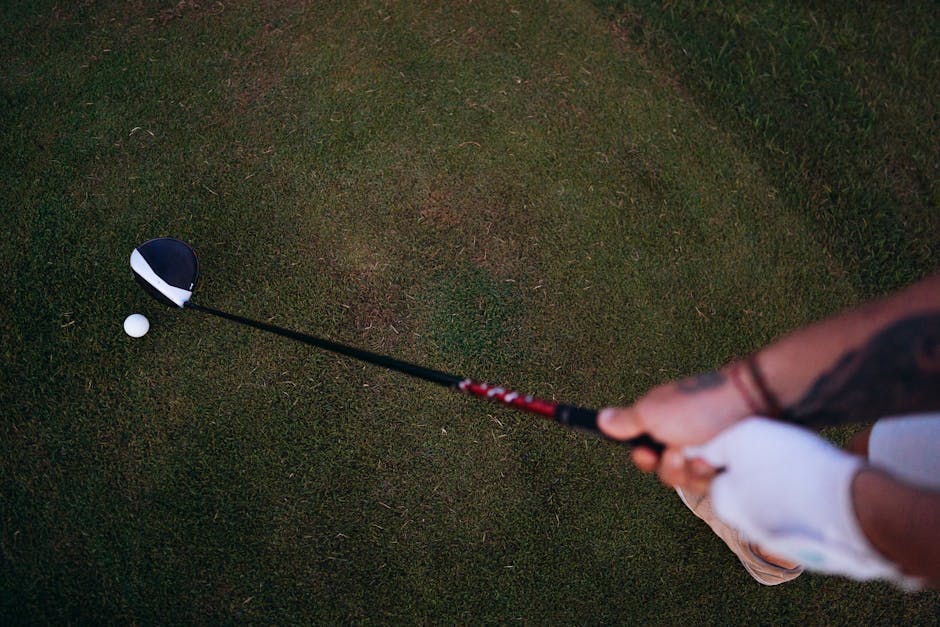From Tee to Green: Learning the Fundamentals of Golf Grip as a Beginner
Golf is a sport that combines finesse, precision, and a fair bit of strategic thinking. For beginners, one of the first and most crucial aspects of the game to master is the golf grip. A solid grip is fundamental to your success from tee to green. In this comprehensive guide, we will explore the essentials of golf grip for beginners, answer common questions, and provide actionable tips to enhance your game.
Understanding the Importance of a Proper Golf Grip
A proper golf grip affects almost every aspect of a golfer’s swing – from the trajectory of the ball to its speed and the shot’s accuracy. It is the sole connection between the player and the club, making it a critical element for delivering power and control. Before diving into techniques, understanding the significance of a good grip will help you appreciate why it deserves your attention.
Types of Golf Grips
There are primarily three types of golf grips that players use: the Vardon (Overlap) Grip, the Interlock Grip, and the Ten Finger (Baseball) Grip. Each has its advantages, depending on your comfort, hand size, and skill level.
- Vardon Grip: Most popular among professional golfers, this grip involves overlapping the index finger of the left hand (for right-handed players) over the fingers of the right hand.
- Interlock Grip: Recommended for players with smaller hands, this grip interlocks the index finger of the left hand with the little finger of the right hand.
- Ten Finger Grip: This grip is similar to holding a baseball bat, where all ten fingers are on the club. It’s great for beginners for its simplicity and comfort.
Steps to Mastering the Perfect Golf Grip
Here are some step-by-step guidelines to help you get a grip on the proper golf grip:
1. Hold Your Golf Club at the Right Angle
Start by holding your club in front of you, horizontally, ensuring it’s perpendicular to the ground. This initial position helps in aligning your hands correctly.
2. Position Your Hands Correctly
For right-handed golfers, place your left hand below the grip, letting the club lie against the base of your fingers, not the palm. Wrap your fingers around the club and ensure your thumb points down the clubshaft.
3. Secure the Top Hand
Your left thumb should rest along the grip’s right side. It should fit snugly in the lifeline of your right hand as you place it on the club.
4. Adjust Grip Pressure
Grip pressure is vital; too tight and you might restrict the club’s movement, too loose and you risk losing control. Aim for a firm yet relaxed grip.
Common Mistakes to Avoid
Many beginners struggle with a few common grip errors:
- Over-Gripping: Excessive grip pressure can lead to a tense swing and reduced wrist flexibility.
- Under-Gripping: Too loose a grip can lead the club to turn in your hands during the swing, leading to inconsistent shots.
- Improper Finger Placement: Incorrect finger placement can change the dynamics of your swing and impact alignment and direction.
Practicing Your Grip
Like any other skill, perfecting your golf grip requires practice. Spend time at the driving range focusing solely on grip technique before every session. Utilize drills and training aids to reinforce muscle memory and ensure consistency in your grip. Additionally, consider professional lessons to get feedback and make necessary adjustments in real-time.
FAQs about Golf Grips for Beginners
Q: How often should I practice my golf grip?
A: Ideally, practice your grip every time you handle a golf club. Consistency is key in ingraining good habits.
Q: Can the weather affect my grip?
A: Absolutely, wet or humid conditions can make the club slip if not gripped correctly. Consider using gloves or specialty grips to help manage these conditions.
Conclusion
Mastering the golf grip is an essential skill for any golfer, setting the foundation for a successful and enjoyable game. By understanding the different types of grips, practicing regularly, and avoiding common pitfalls, beginners can significantly improve their technique from tee to green. Remember, patience and persistence are your allies in the journey of becoming a skilled golfer.
Embrace each step, and enjoy your time on the course!
